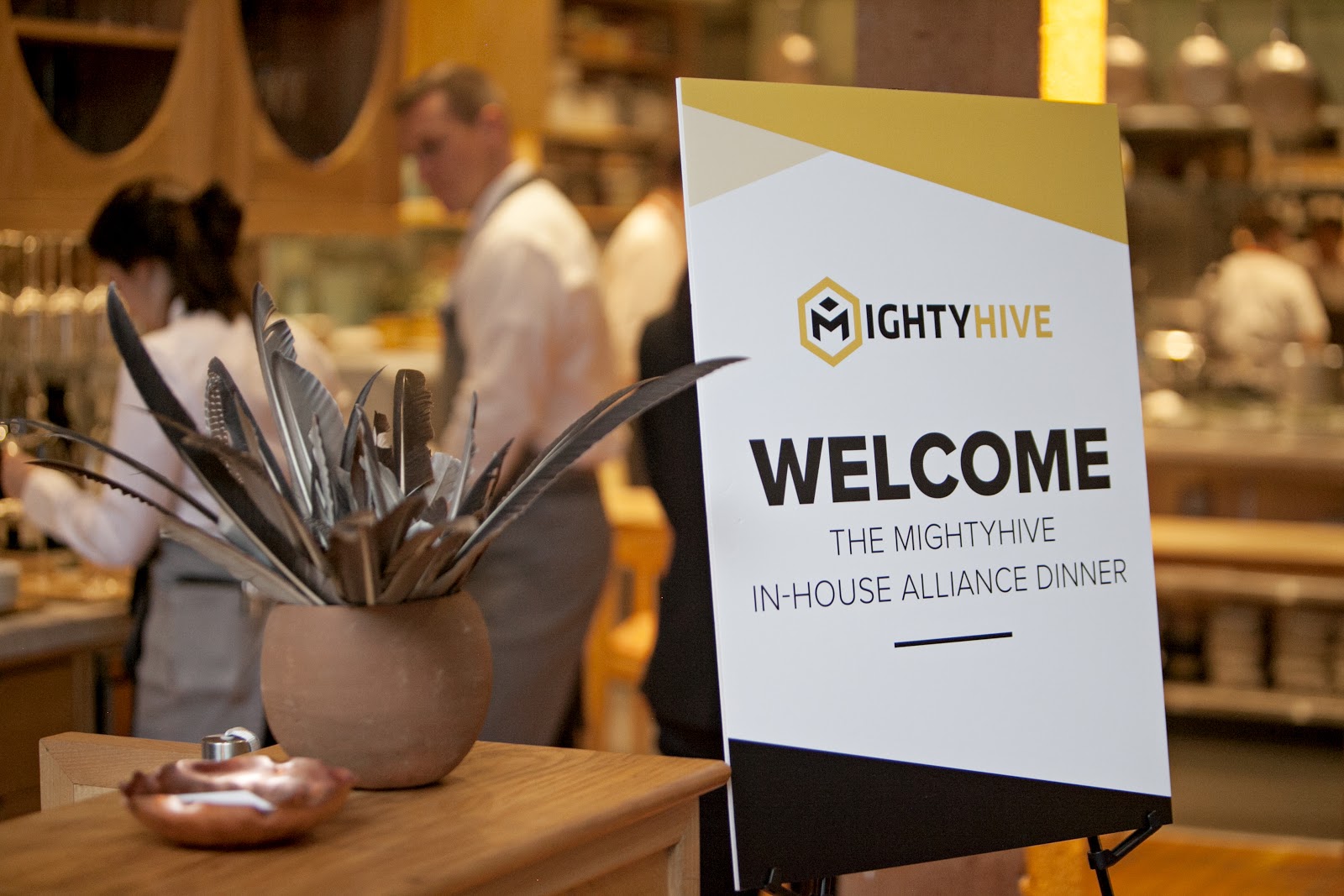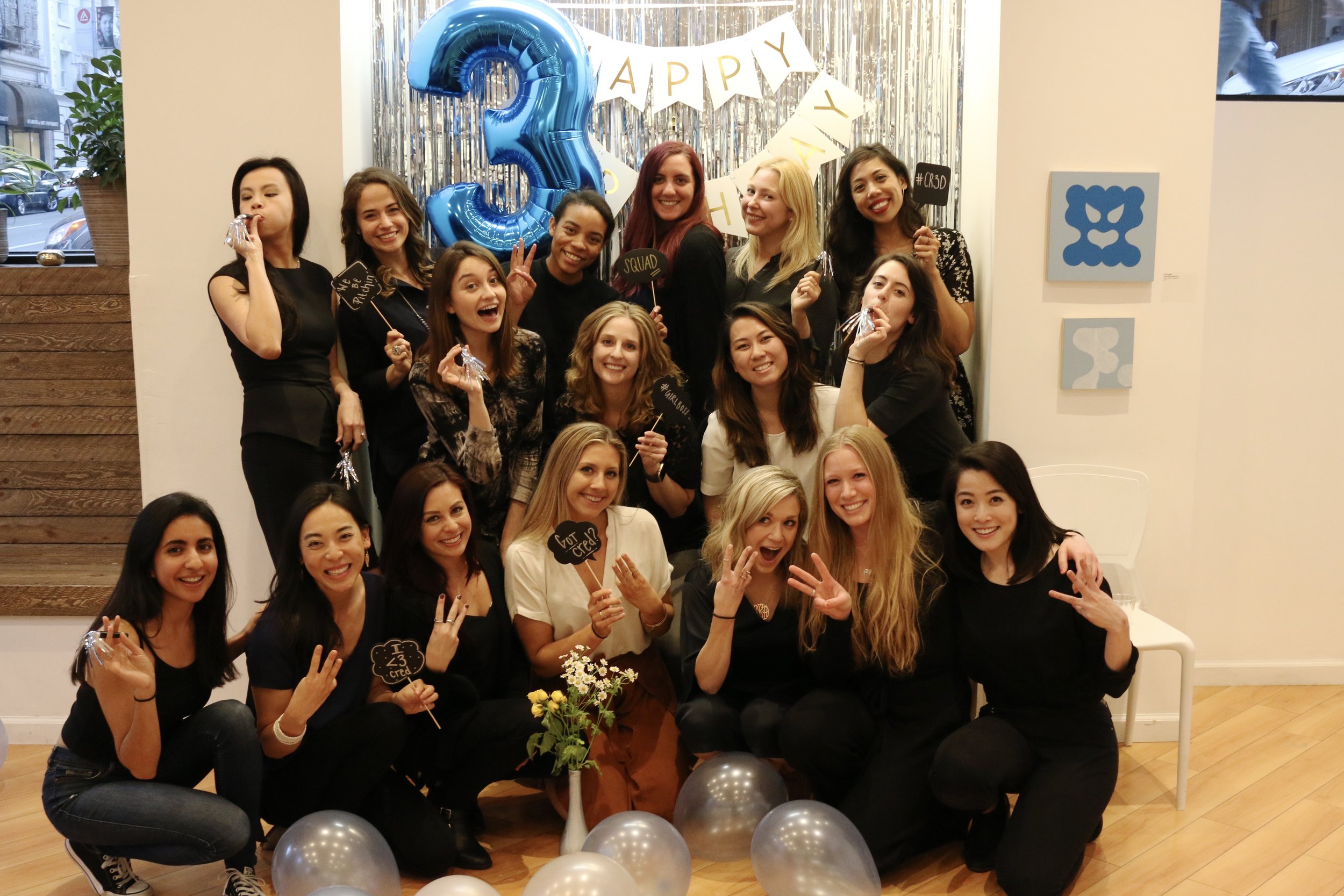Regardless of whatever industry you're in, it’s likely that you will have to give a presentation at some point in your life. And if you’re like any of our clients, maybe you’re actively speaking at conferences and events.
So what do you need to know about giving a presentation?
Here are 10 tips for delivering a clear, understandable, and thought-provoking message.
Keep it simple. Unnecessary complexity should always be avoided. Don’t whip out a thesaurus before your presentation in an effort to sound more intelligent. Be real, be yourself, and use your own words.
Stick to three key points. Narrow your focus - state your three points at the beginning of your presentation, and then reiterate them at the end. These are those key takeaways that your audience won’t want to forget.
Engage your audience. Be interactive during your talk by finding ways to keep your audience involved. How? That’s up to you to decide! (Here are 8 ways to make your presentation more interactive.)
Use visuals. One way to engage your audience (see point #3) is by using memorable visuals to emphasize your point. Stay away from too many bullet points and information overload.
Be honest. Don’t try to fake passion for a topic that you don’t actually care about (or know nothing about). Your audience will see right through you.
Move around. It’s the same as going to a concert. Audiences want to watch something dynamic. So walk around, use your hands (not too much though - it can be distracting), and make your point more visually appealing.
Share stories. Help your audience relate to your message by incorporating a personal anecdote or two. Just make sure you don’t pepper the presentation with too much of your personal life…
Be conversational. Remember that it’s not a lecture. We cannot stress this enough.
Consult an expert. Always strive to improve your public speaking style and the quality of your presentations. Watch how-to videos, pay attention to other speakers onstage, read articles, take a course in public speaking, hire a vocal coach - always try to do and be better.
Practice makes perfect. You can never practice too much. Rehearse in front of others or in front of a mirror, and don’t forget it’s okay to start small and then work your way up!
Interested in more? Here are 5 Speaker Fails to Avoid.
You can also view the original Entrepreneur article by Jacqueline Whitmore here.































